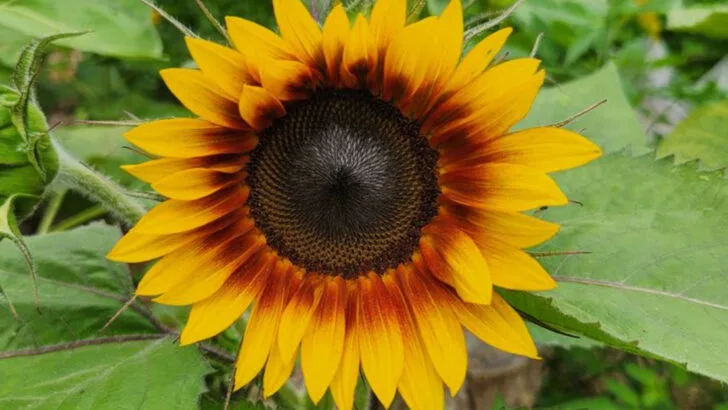When it comes to garden showstoppers, we often chase the most exotic blooms we can find. But the truth? Native flowers—the ones that have been thriving in your region for centuries—often outperform imported plants in both beauty and resilience. They’re not just easygoing; they’re usually more eco-friendly, more pollinator-friendly, and surprisingly gorgeous.
This list celebrates 15 native flowers that don’t just hold their own next to tropical imports—they steal the spotlight. From vivid wildflowers to elegant blossoms with serious curb appeal, these stunners require less care, attract butterflies and bees, and are perfectly adapted to local conditions.
If you’ve been overlooking native plants in favor of flashier newcomers, this is your sign to reconsider. These homegrown heroes will make your garden bloom brighter, longer, and smarter—no passport required.
Bluebell (Hyacinthoides non-scripta)
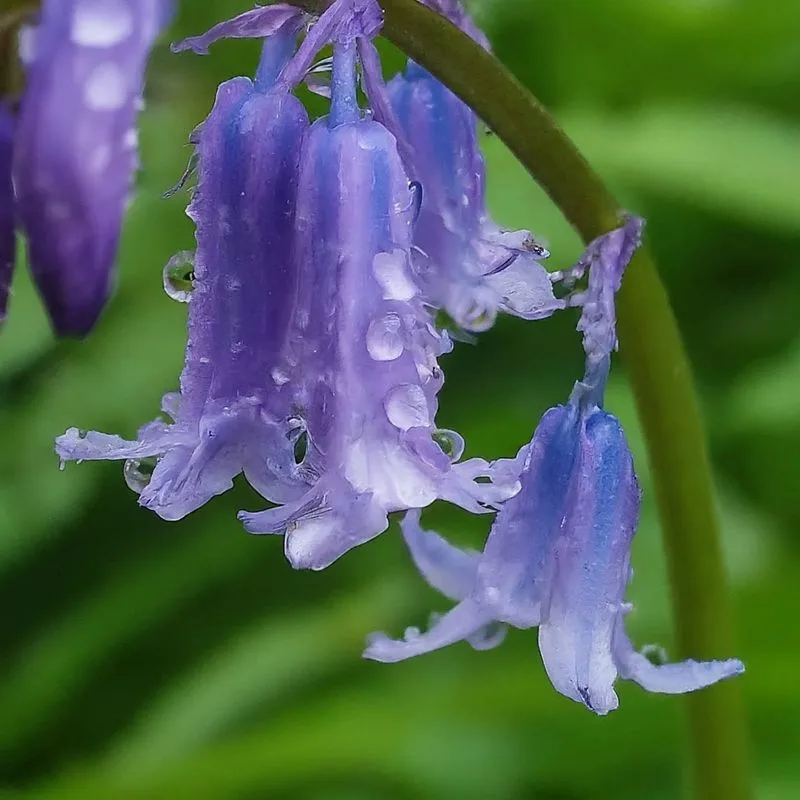
When spring awakens, British woodlands transform into a sea of blue, thanks to the enchanting Bluebell. This native beauty, often found in ancient woods, has a gentle nod that sways with the early spring breeze.
Unlike its Spanish counterpart, the native Bluebell boasts a delicate fragrance and a deep blue color. Its allure is such that it’s protected by law in the UK, highlighting its cultural significance.
If you’re lucky enough to encounter a Bluebell wood, the sight is nothing short of magical, offering a tranquil escape from the world’s hustle.
California Poppy (Eschscholzia californica)
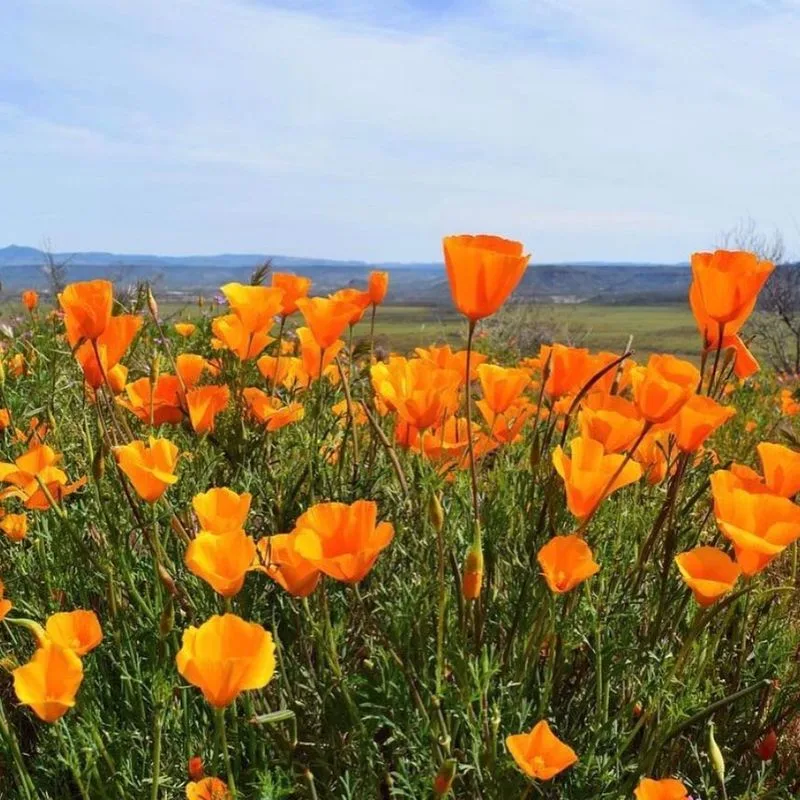
Bathed in a radiant golden hue, the California Poppy is a symbol of resilience and beauty. As California’s state flower, it thrives in the wild, painting fields with its bright orange petals.
In stark contrast to the carefully cultivated imports, this poppy requires minimal care, flourishing in the sun-drenched landscapes of its namesake state.
Its ability to open and close with the sun adds a touch of enchantment, making it a cherished favorite among native flora enthusiasts.
Echinacea (Echinacea purpurea)
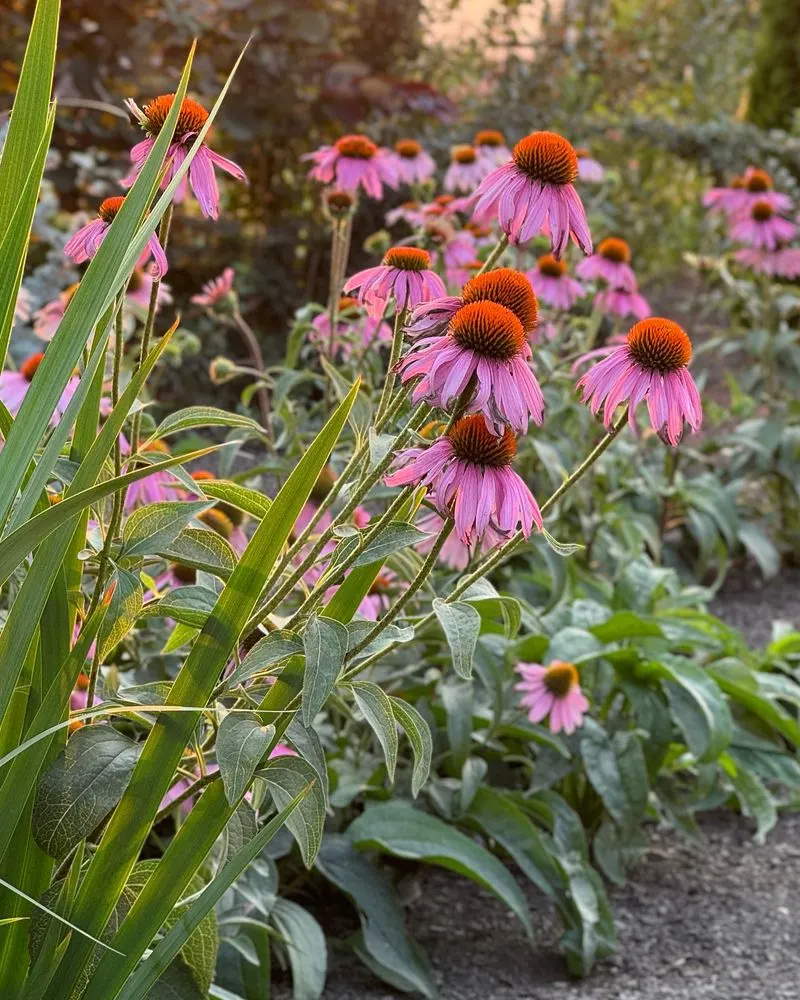
Echinacea, often hailed for its medicinal properties, captivates with its daisy-like appearance and prominent, spiky cone. This native prairie flower attracts pollinators like bees and butterflies, making gardens buzz with life.
Its vibrant purple hues stand out in any setting, demanding attention with both beauty and function. Unlike many exotic imports, Echinacea’s hardiness is unmatched.
For those seeking a garden full of activity, this flower not only adds color but also supports local ecosystems, providing a haven for wildlife.
Black-eyed Susan (Rudbeckia hirta)
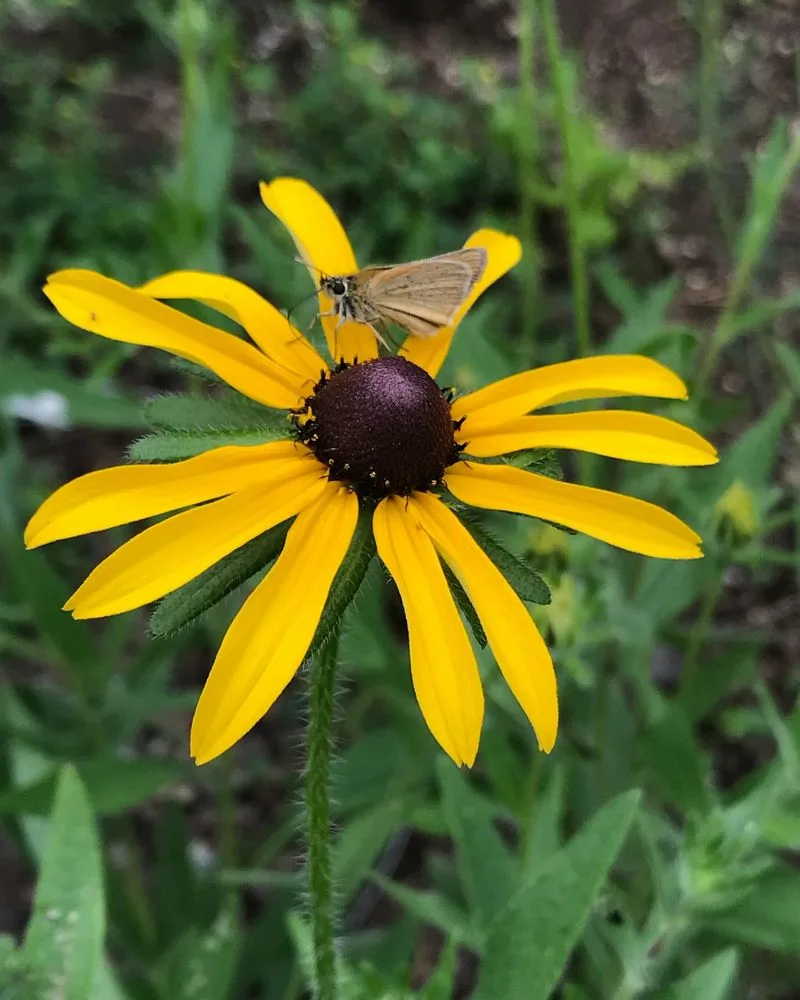
Few flowers can match the sunny demeanor of the Black-eyed Susan. With its striking yellow petals and dark center, it brings a touch of sunshine to any garden.
This wildflower is a staple across North America, flourishing in a variety of habitats from open fields to roadside landscapes. Its adaptability and resilience make it a gardener’s favorite.
Beyond its beauty, the Black-eyed Susan is a crucial source of nectar for pollinators, ensuring a lively and bustling environment wherever it grows.
Indian Paintbrush (Castilleja coccinea)
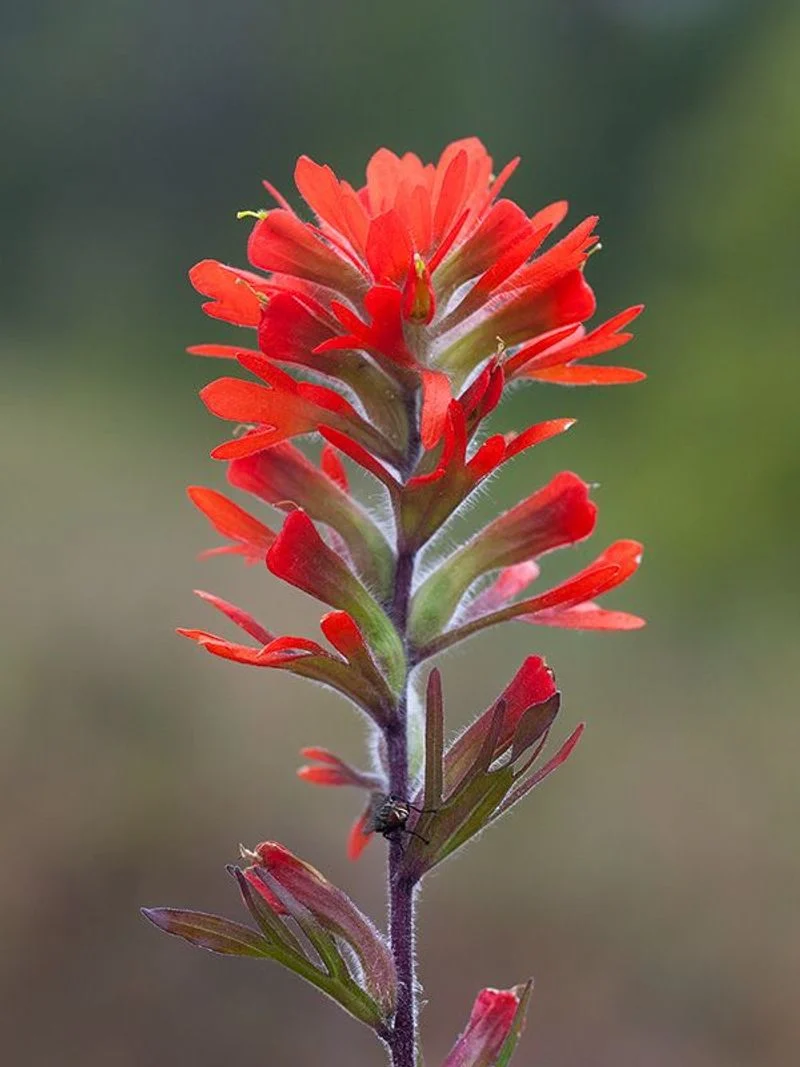
The Indian Paintbrush is nature’s artist, with vibrant red spikes that seem to have been dipped in paint. Its fiery colors are a standout feature in meadows and prairies.
This flower’s unique appearance is matched by its intriguing parasitic nature, drawing nutrients from neighboring plants. Despite this, it thrives, creating a stunning display that’s hard to ignore.
For those seeking an eye-catching native plant, the Indian Paintbrush offers an unparalleled burst of color and intrigue to any landscape.
Bluebonnet (Lupinus texensis)
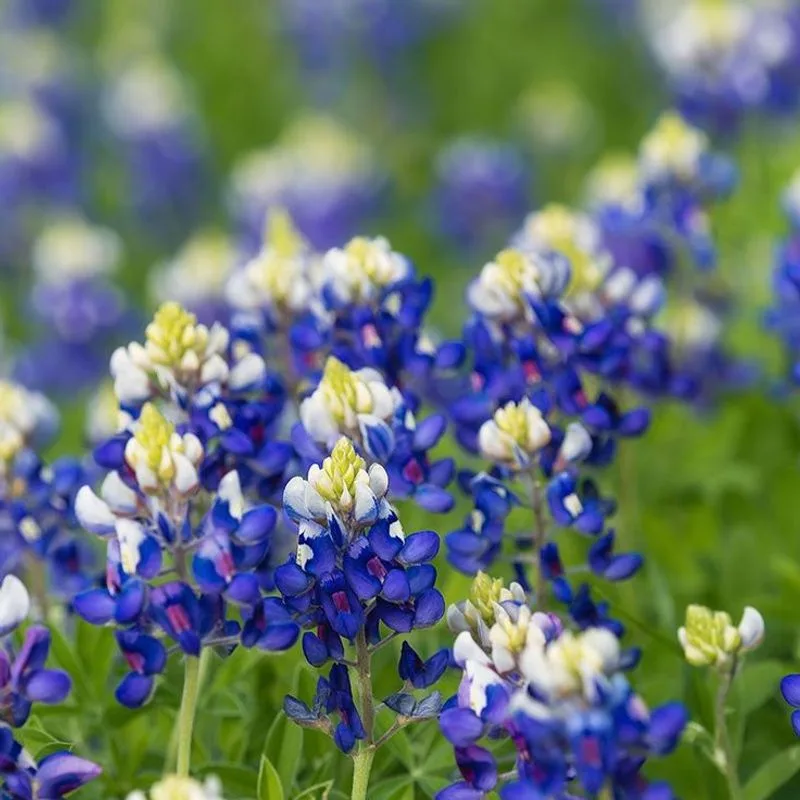
In Texas, spring is synonymous with the arrival of Bluebonnets. These striking flowers blanket the landscape in rich blue hues, creating a breathtaking vista that’s iconic to the region.
Bluebonnets are not only a sight to behold but also a symbol of the state’s natural beauty. Their ability to thrive in challenging conditions underscores their resilience.
This native bloom’s charm and adaptability make it a beloved choice for gardeners looking to bring a touch of Texas charm to their own spaces.
Protea (Protea cynaroides)
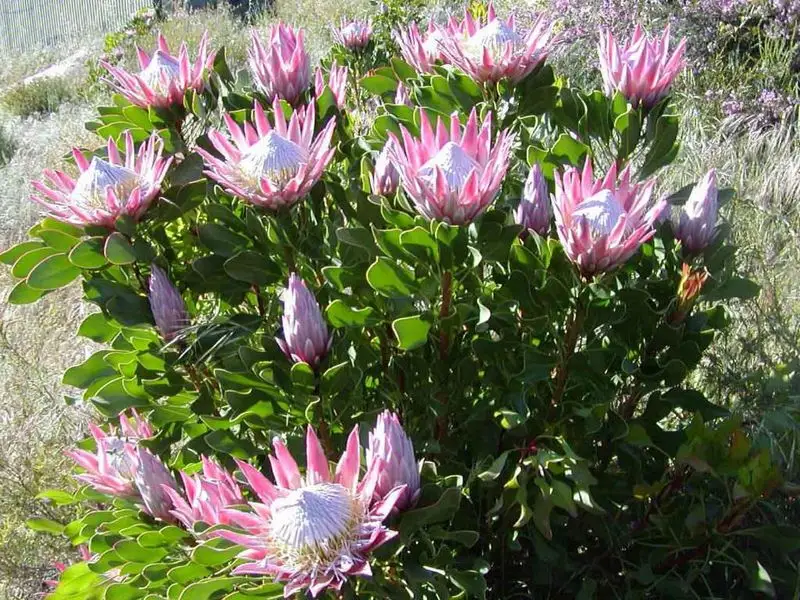
Majestic and regal, the King Protea stands as a testament to South Africa’s rich floral heritage. With its large, pinkish-white bloom, it commands attention and admiration.
This native flower’s robust nature allows it to thrive in the nutrient-poor soils of the fynbos biome. Its ability to adapt and flourish where others may not is truly remarkable.
A bouquet featuring the King Protea is sure to be an unforgettable centerpiece, adding a touch of exotic elegance to any arrangement.
Waratah (Telopea speciosissima)
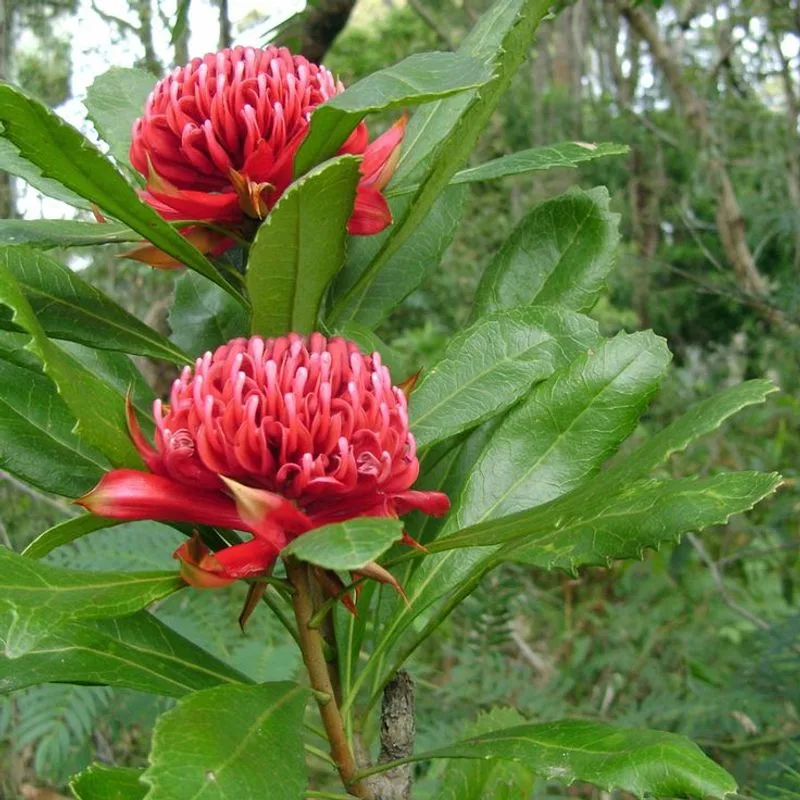
Australia’s Waratah, with its intricate and bold red blooms, captivates and commands attention. This native treasure is celebrated as New South Wales’ floral emblem.
Its striking appearance and resilience make it a popular choice for gardeners looking to introduce a piece of Australian wilderness into their gardens.
The Waratah’s ability to withstand harsh conditions speaks to its strength and beauty, ensuring it remains a beloved symbol of the Australian landscape.
Kangaroo Paw (Anigozanthos)
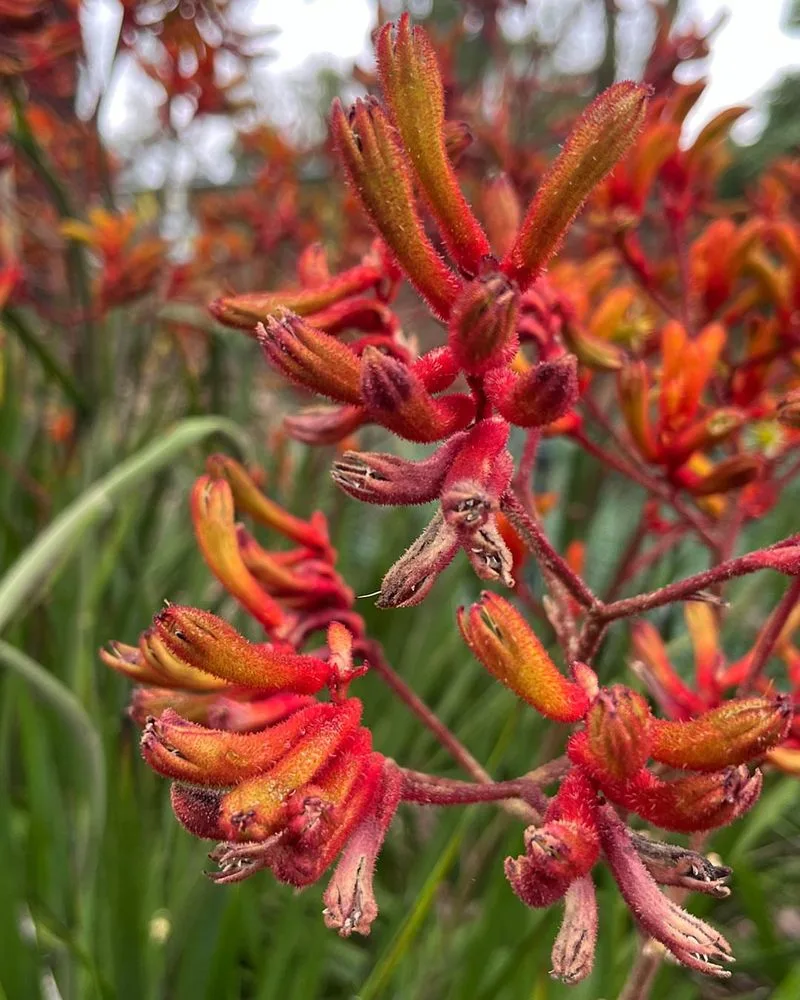
With a name as unique as its appearance, the Kangaroo Paw is an Australian native that never fails to intrigue. Its tubular flowers resemble the paws of its marsupial namesake.
Available in a spectrum of colors, this plant thrives in sunlit areas and adds a quirky touch to any garden landscape.
Its adaptability to varying conditions makes it a favorite among landscapers and gardeners alike, offering both aesthetic appeal and a nod to Australia’s diverse flora.
Grevillea (Grevillea robusta)
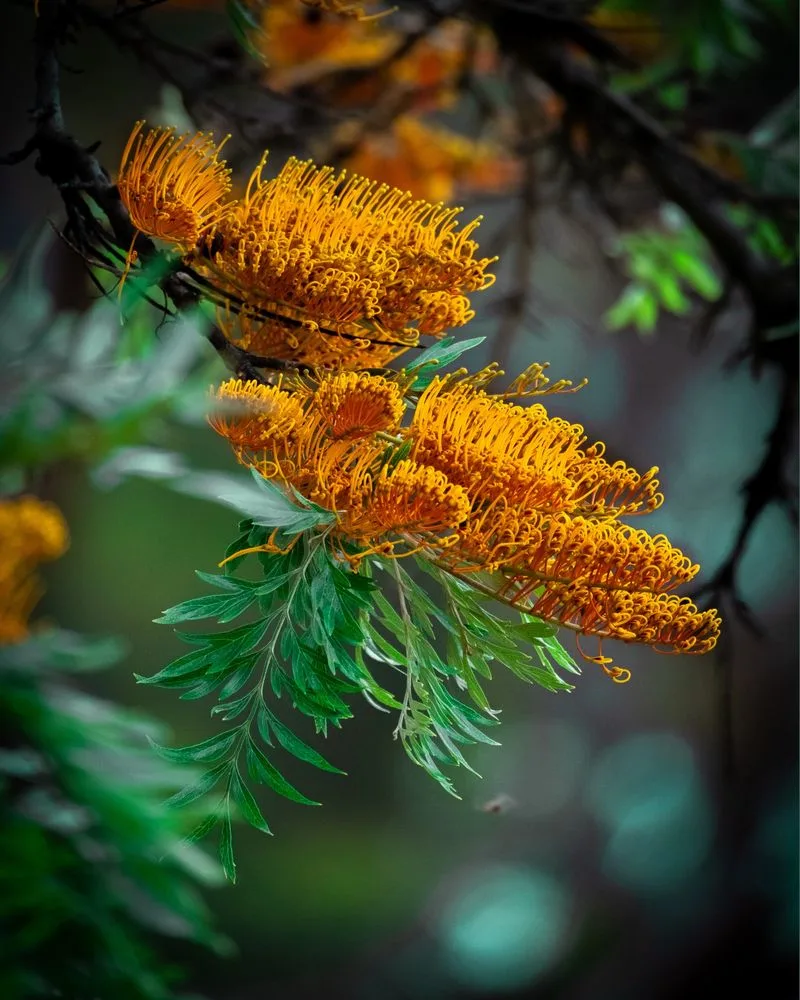
Grevillea, with its spider-like blooms, offers a vibrant display that draws the eye and invites wildlife. Known for attracting birds, this Australian native enriches urban gardens with both color and life.
Its hardiness and versatility make it a garden staple, thriving in varied climates and conditions. The fiery hues of its blooms provide year-round interest.
Grevillea is not just an ornamental delight but a crucial component in supporting local ecosystems, demonstrating that beauty and function can coexist harmoniously.
Banksia (Banksia integrifolia)
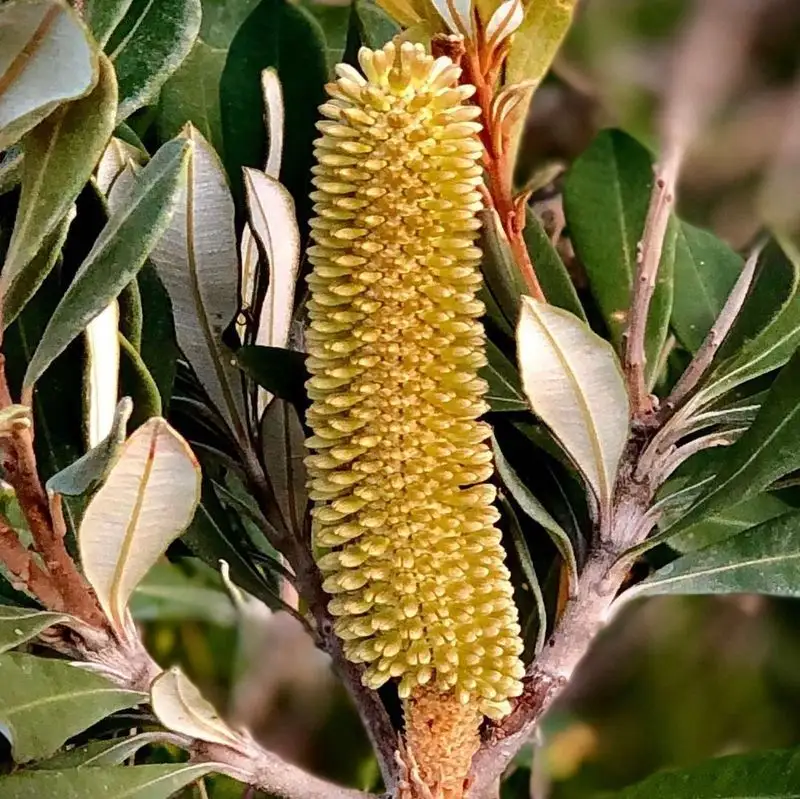
Known for its striking cylindrical flower spikes, Banksia is a coastal beauty that thrives in the Australian landscape. Its bold yellow blooms are both dramatic and subtle.
Beyond its visual appeal, Banksia plays a vital role in supporting pollinators and local wildlife, offering nectar and shelter.
This hardy plant is well-suited to coastal conditions, making it a popular choice for gardens looking to incorporate native flora with a touch of rugged charm.
Sunflower (Helianthus annuus)
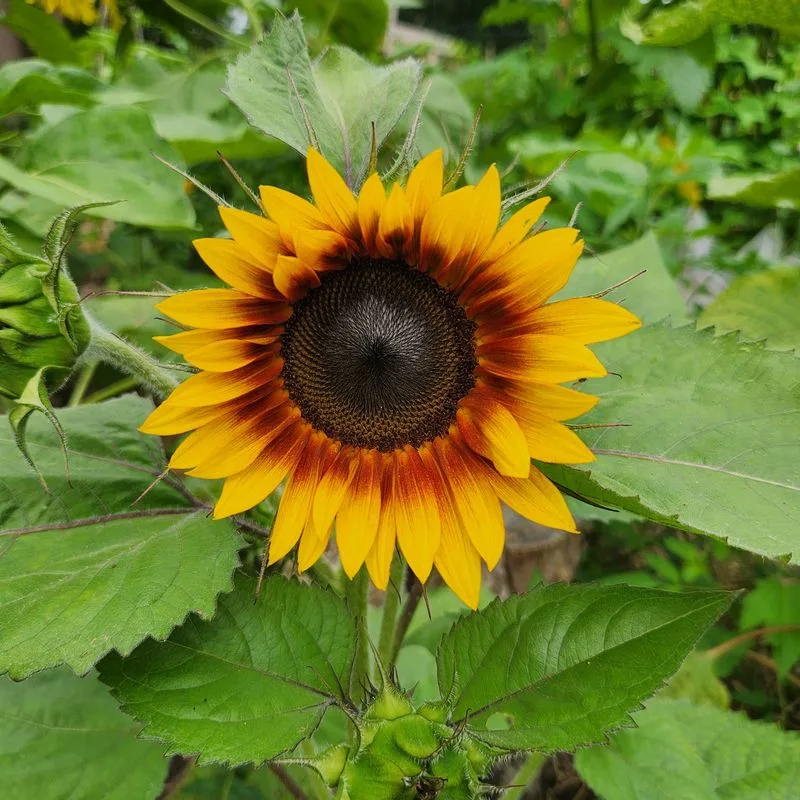
Sunflowers, with their cheerful faces, are a staple in fields across North America. Known for their towering height and vibrant yellow petals, they offer an instant mood boost.
Their ability to follow the sun throughout the day is a captivating trait that sets them apart from other blooms. These giants not only delight but also serve as a food source for birds and humans alike.
Sunflowers’ ease of growing and joyful presence make them a beloved addition to gardens and fields, embodying the spirit of summer.
Coneflower (Echinacea pallida)
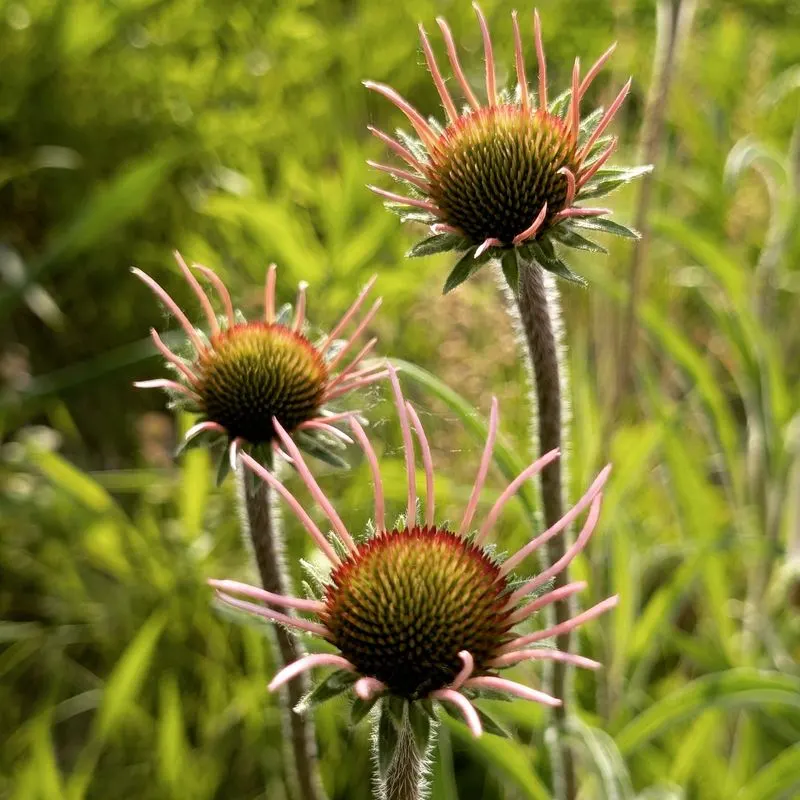
Coneflowers boast a distinctive charm with their drooping petals and prominent, spiky centers. These prairie natives are not only beautiful but also beneficial to wildlife.
Their tall, graceful stems provide both structure and color to any garden setting, attracting butterflies and bees with ease. Coneflowers are resilient, thriving in a range of conditions with minimal fuss.
For those looking to enhance their garden’s biodiversity, these flowers are an excellent choice, offering both aesthetic appeal and ecological value.
Bottlebrush (Callistemon)
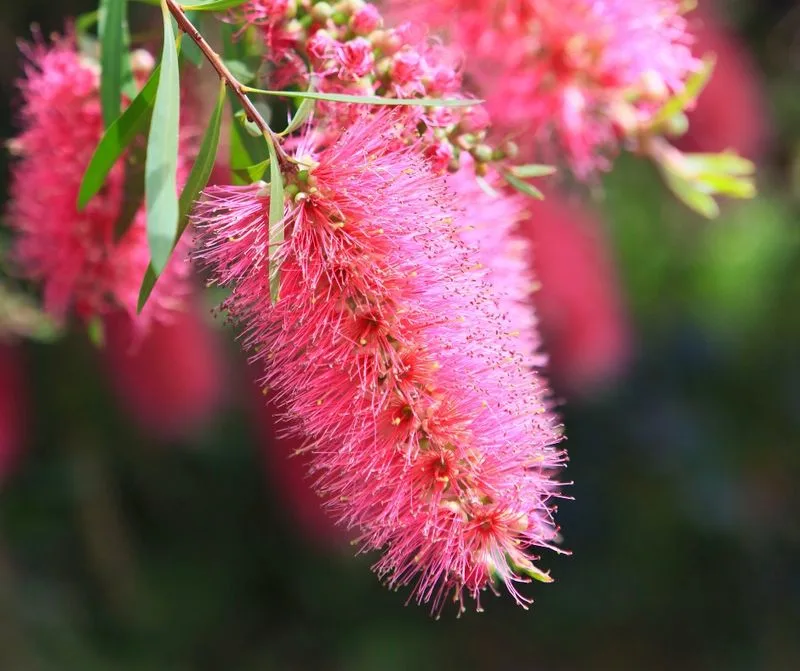
The Bottlebrush, with its distinctive cylindrical blooms, is an eye-catching addition to gardens. Its vibrant red flowers resemble the shape of a brush, offering a playful twist to floral displays.
Native to Australia, this hardy plant adapts well to various environments, making it a versatile choice for landscapers. Its blooms attract nectar-feeding birds, adding life and movement to gardens.
Beyond its visual impact, the Bottlebrush is a low-maintenance option that provides year-round interest and supports local wildlife, proving beauty can be practical.
Jacaranda (Jacaranda mimosifolia)
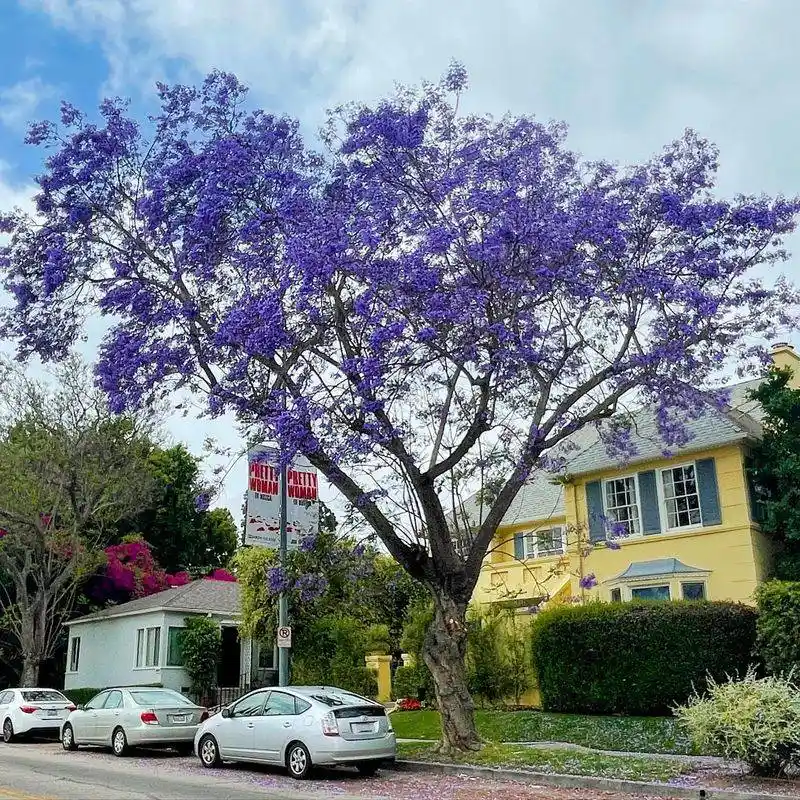
Jacaranda trees create a stunning spectacle with their vibrant purple blooms, turning city streets into magical landscapes. Originating from South America, they’ve become beloved icons in many urban settings.
The ephemeral nature of their blooms adds a sense of fleeting beauty, captivating onlookers and photographers alike. Jacarandas offer more than just aesthetic appeal, as their shade and structure enhance any landscape.
Despite their exotic origin, these trees have ingrained themselves into the fabric of local culture, proving that beauty transcends borders.

